The Forrester Wave™: Cybersecurity Risk Ratings Platforms, Q2 2024


Leverage unparalleled research to make smarter, faster business decisions
-
 Research
ResearchAn Analysis of the Cyber Security Ratings of the Top 150 Technology Vendors
July 24, 2024This paper analyzes the cybersecurity ratings of the 150 most extensively used B2B technology vendors.
More Details -
 Research
ResearchReport sulle minacce per la sicurezza informatica
June 28, 2024Questo studio presenta un’analisi del panorama della sicurezza informatica delle 100 maggiori aziende italiane per capitalizzazione di mercato.
More Details -
 Research
ResearchThe Cyber Risk Landscape of the U.S. Healthcare Industry
June 18, 2024This report presents an in-depth analysis of the cyber risk landscape of the U.S. healthcare industry. Download today to learn more.
More Details -
 Research
ResearchThe United Kingdom Top 100 Companies: Cybersecurity Threat Report
May 28, 2024This report analyzes the cybersecurity of the top 100 companies in the United Kingdom by market capitalization.
More Details -
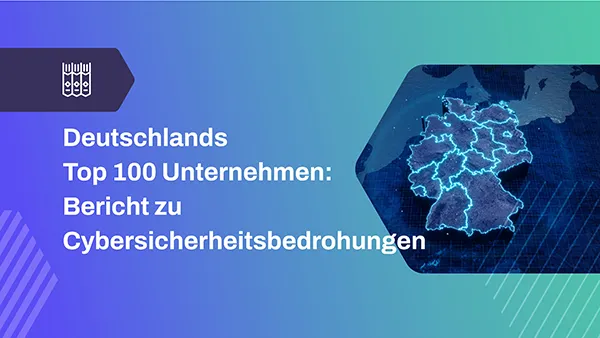 Research
ResearchDeutschlands Top 100 Unternehmen: Bericht zu Cybersicherheitsbedrohungen
May 15, 2024SecurityScorecard veröffentlichte eine umfassende Analyse der Cybersicherheitslandschaft der 100 größten Unternehmen in Deutschland. Unter Verwendung des weltweit größten proprietären Risiko- und Bedrohungsdatensatzes analysierte SecurityScorecard Cybersicherheitsverstöße in den 100 größten Unternehmen Deutschlands.
More Details -
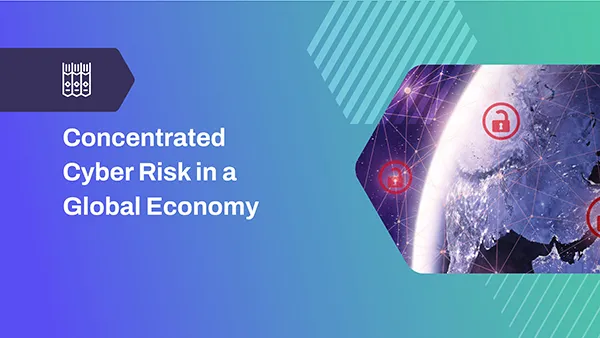 Research
ResearchConcentrated Cyber Risk in a Global Economy
May 2, 2024In preparation for The President's Forum RSA 2024, SecurityScorecard partnered with McKinsey and Co to examine concentration risk within the global economy.
More DetailsSupply Chain Cyber Risk -
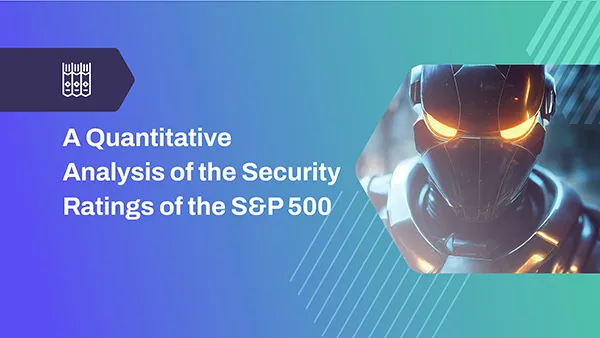 Research
ResearchA Quantitative Analysis of the Security Ratings of the S&P 500
April 3, 2024STRIKE analyzed S&P 500 companies’ security ratings both as a whole and by industry, in search of industry specific variations.
More DetailsSecurity Ratings -
 Research
ResearchThe Cybersecurity of France’s Top 100 Companies
March 26, 2024Cette étude présente une analyse du paysage de la cybersécurité des 100 plus grandes entreprises françaises (en termes de capitalisation boursière).
More DetailsSecurity Ratings, Supply Chain Cyber Risk -
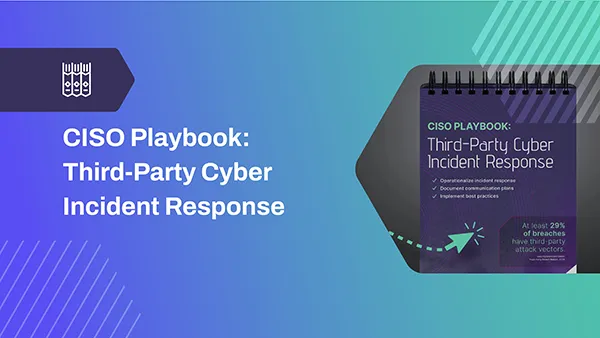 Research
ResearchCISO Playbook: Third-Party Cyber Incident Response
March 13, 2024Learn how to streamline your response efforts, communicate effectively during crises, and transform insights from past incidents into fortified defenses for your digital ecosystem.
More DetailsServices, Supply Chain Cyber Risk -
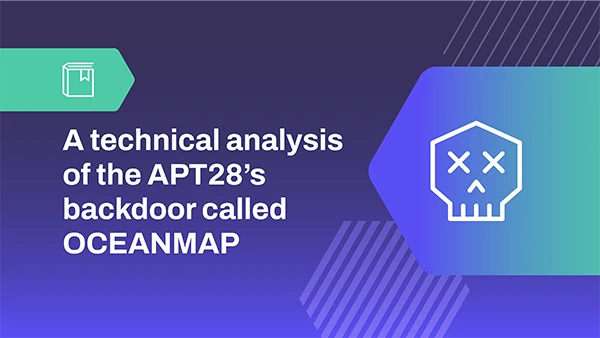 Research, White Paper
Research, White PaperA technical analysis of the APT28’s backdoor called OCEANMAP
March 5, 2024Late last year, the Computer Emergency Response Team of Ukraine (CERT-UA) released an advisory that reported cyberattacks targeting state organizations attributed to the Russian espionage group APT28, aka Fancy Bear/Sofacy. The advisory listed the use of a new backdoor named “OCEANMAP.” Download this whitepaper to explore a technical analysis of APT28’s tactics, techniques, and procedures.
More DetailsVlad Pasca
Cyber Threat Intelligence, Enterprise Cyber Risk, Supply Chain Cyber Risk -
 Research
ResearchGlobal Third-Party Cybersecurity Breach Report
February 28, 2024In-depth analysis of the most significant third-party cyber risks and incidents in 2023
More DetailsServices, Supply Chain Cyber Risk -
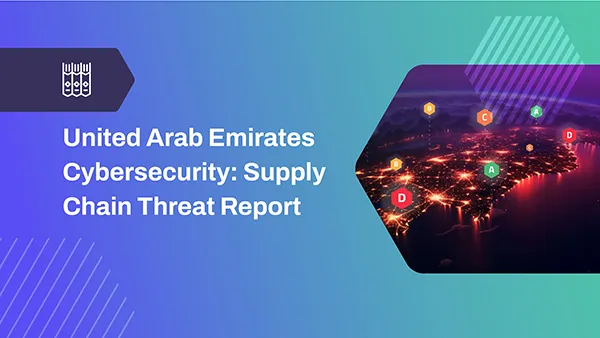 Research
ResearchUnited Arab Emirates Cybersecurity: Supply Chain Threat Report
February 7, 2024This research presents an analysis of the cybersecurity landscape of the top 30 companies in the United Arab Emirates (UAE) by revenue. Companies were ranked based on various factors, such as: network security, potential malware infections, and patching cadence.
More DetailsSupply Chain Cyber Risk


